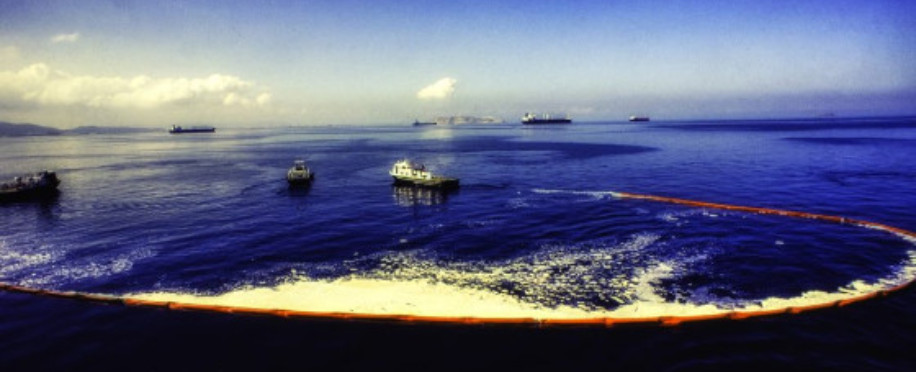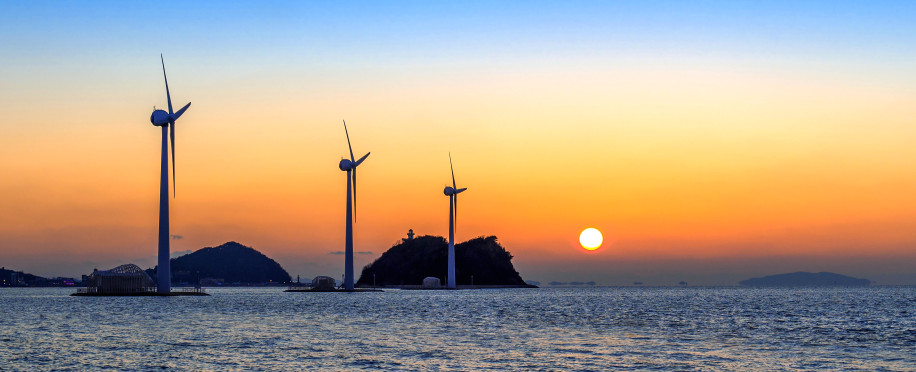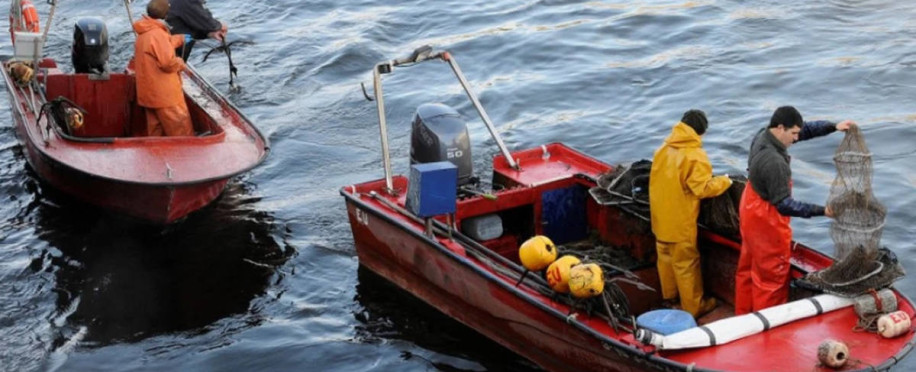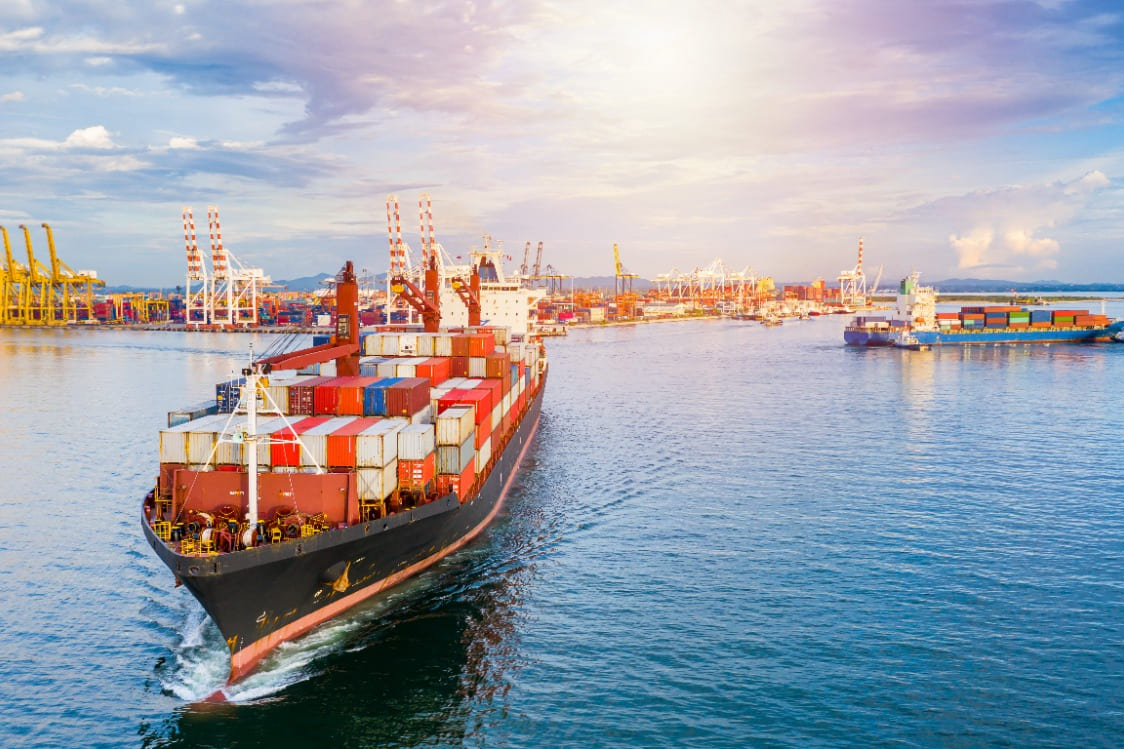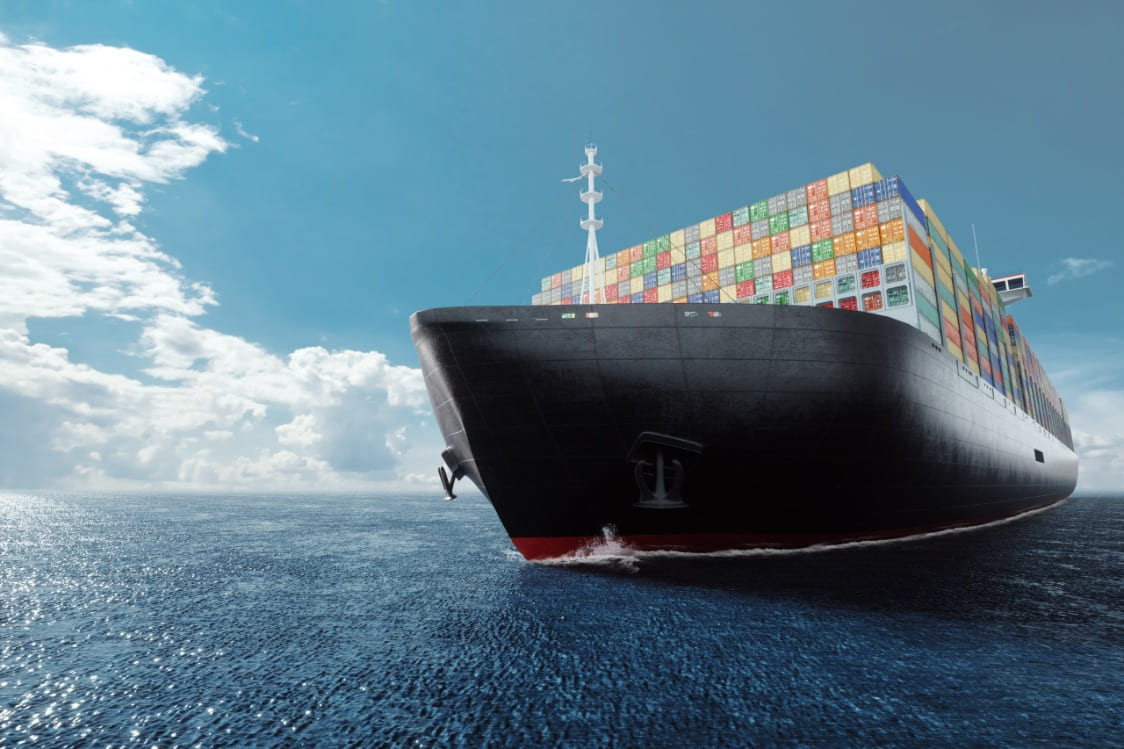Bioremediation Techniques: Nature's Answer to Oil Spill Disasters
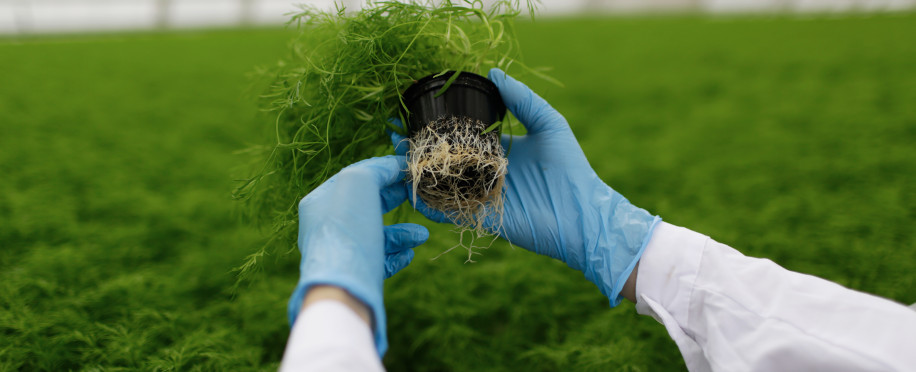
Posted on Apr 28, 2024 at 11:04 PM
Oil spill disasters have devastating effects on marine ecosystems, causing extensive damage to the environment. The accidental release of millions of gallons of oil into our oceans can contaminate water bodies, harm marine life, and threaten coastal communities. However, nature has a remarkable way of dealing with such disasters through the process of bioremediation.
What are the technologies used in bioremediation?
Bioremediation is a technique that involves using biological organisms that are alive such as microbes, fungi, and algae plants to reduce or clean the polluting agents that are in the environment. This biotechnology employs several activities in this process to enhance and facilitate the degradation and removal of oil pollutants. These strategies include:
-
Bioaugmentation
This treatment method is based on adding certain organisms into the contaminated area to intensify the process of dissolving oil wastes. And that’s not it: these bacteria are specifically chosen with the ability to break hydrocarbons down found in oil, which subsequently accelerates the cleaning-up process.
-
Biostimulation
In biodegradation, the environmental factors at the pollution site are improved so that it becomes very convenient for the indigenous microbial organisms to flourish and contribute towards the biotransformation of toxic spills. This is accomplished by adding nutrients like nitrogen and phosphorus that act like fertilizers in enhancing the growth of oil-degrading microorganisms that consequently remove oil waste from the water.
-
Phytoremediation
The phytoremediation approach involves using plants to clean up contaminated spaces. Plants such as willows and poplars can detoxify the soil and compost contaminants by absorbing and breaking down the pollutants in the water and soil elements. They accumulate harmful chemical substances in their tissues and filter them out by hemofiltration.
What are the different types of bioremediation?
Bioremediation techniques can be broadly classified into two main types
-
In-situ bioremediation
Instead of just curing the contaminated site, in situ remediation focuses on treating the affected site inside the polluted viscus itself. The technology is built around the indigenous capability of bacteria at the location to disintegrate the oil. In-situ bioremediation usually serves as the first option when the spill occurs in hard-to-reach or sensitive areas.
-
Ex-situ bioremediation
Ex-situ bioremediation entails the excavation of contaminated soils, waters, or debris and their placement in a different treatment plant. Contaminants are then put through bioremediation processes, and usually, it happens in a man-made environment before it's sent back to the environment. It is the modality that is conventionally used in life-threatening or critical cases, and/or where rapid treatment is required.

What are 3 examples of how bioremediation has been used to help the environment?
There are three well-known examples of using cutting edge technologies to detect and treat oil spills, these are:
-
Deepwater Horizon oil spill: In 2010, the Deepwater Horizon oil well exploded and, consequently, one of the most worrisome instances of oil spills took place. Bioremediation was one of the methods utilized on a vast scope of the cleanup the oil spill by incorporating organic bacteria which break down oil chemicals into the scene. The bacteria were most effective in doing this, which led to oil contamination consequences decreasing tremendously.
-
Prestige oil spill: In 2002, tanker Prestige sank off the Spanish coast, and therefore released ‘a thousand tones’ of oil into the ocean. Bioremediation was utilized as a solution to the environmental damages that occurred from this accident. The application of both dispersants and nutrient-enriched substances supported natural marine bacteria closer to external oil exposure, resulting in rapid oil degradation.
-
Exxon Valdez oil spill: In 1989, The Exxon Valdez oil spill in Prince William Sound, Alaska was the harbinger of disaster for the ecology of that area. Bioremediation procedures were used which included the application of fertilizer and also the introduction of oil-degrading microorganisms, among others. Through this course, the speed of the oil decomposition process was activated, and the restoration of the polluted areas was gradually accelerated due to oil fraud.
Irreversible Damages for Oil Spills.
The spread of oil spills is causing devastating consequences for the sea environments, as the large quantity of contaminant wastewater continues to increase, the cost is getting higher and higher. here's a glimpse of what these damages to the environment involve:
-
Poisoning and suffocation of surface-dwelling animals and birds
-
Contamination of the food supply for marine organisms, leading to malnourishment or poisoning
-
Ecosystem disruption, causing population declines and imbalances in biodiversity
-
Long-lasting environmental impact due to lingering toxic chemicals like PAHs
To address these consequences, it is essential to implement eco-friendly cleanup and management measures promptly, with bioremediation techniques offering a natural and sustainable solution.
Ultimately, preventing oil spills is the best course of action through stricter regulations, improved safety measures, and promoting awareness through Oil Spill Crises Management Courses, all of which can help protect our oceans for generations to come.
Bioremediation techniques offer a promising and environmentally friendly solution to combat the devastating effects of oil spill disasters. By leveraging the power of nature, we can effectively restore and protect our oceans, ensuring a healthier future for all marine life and coastal communities.
